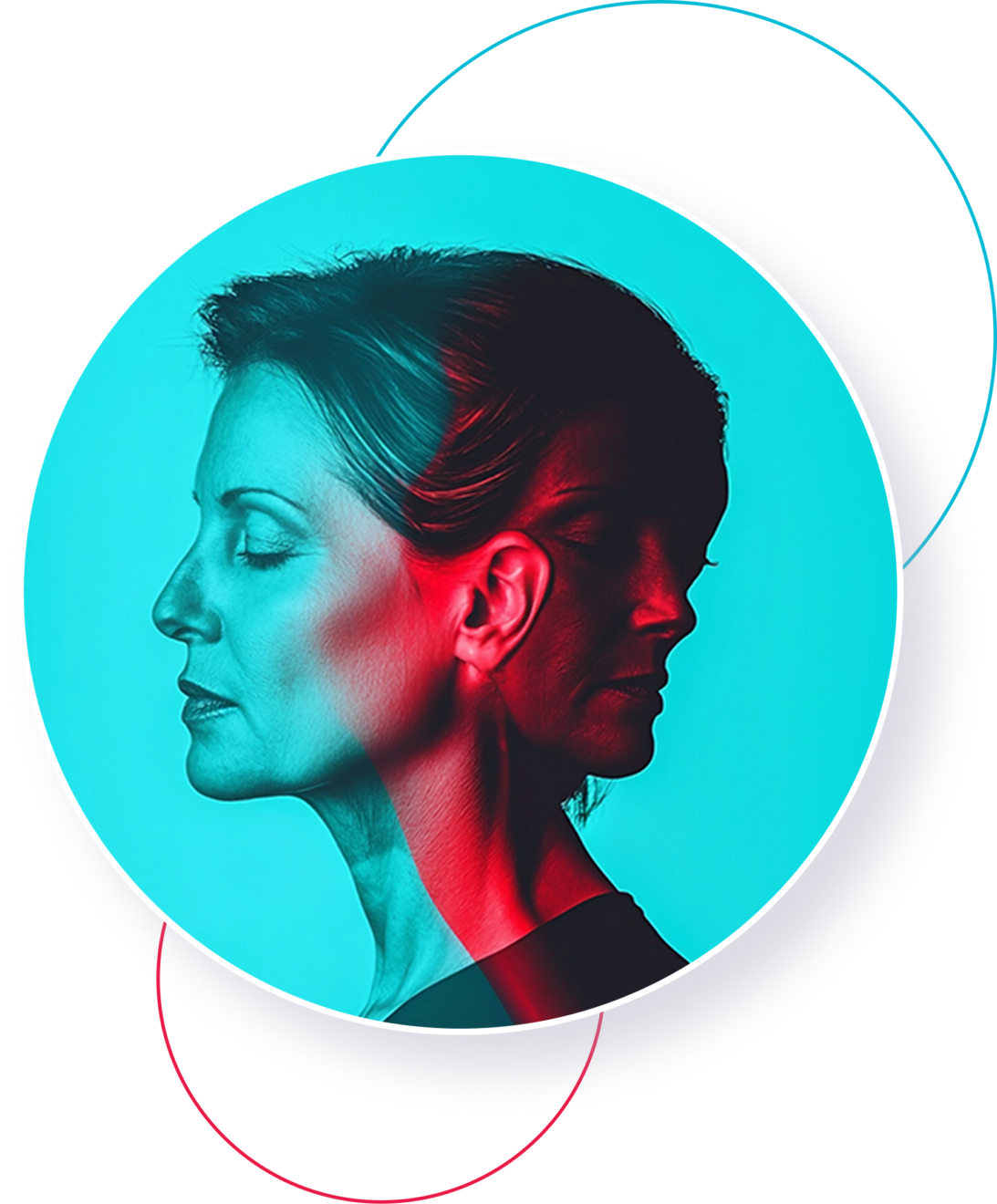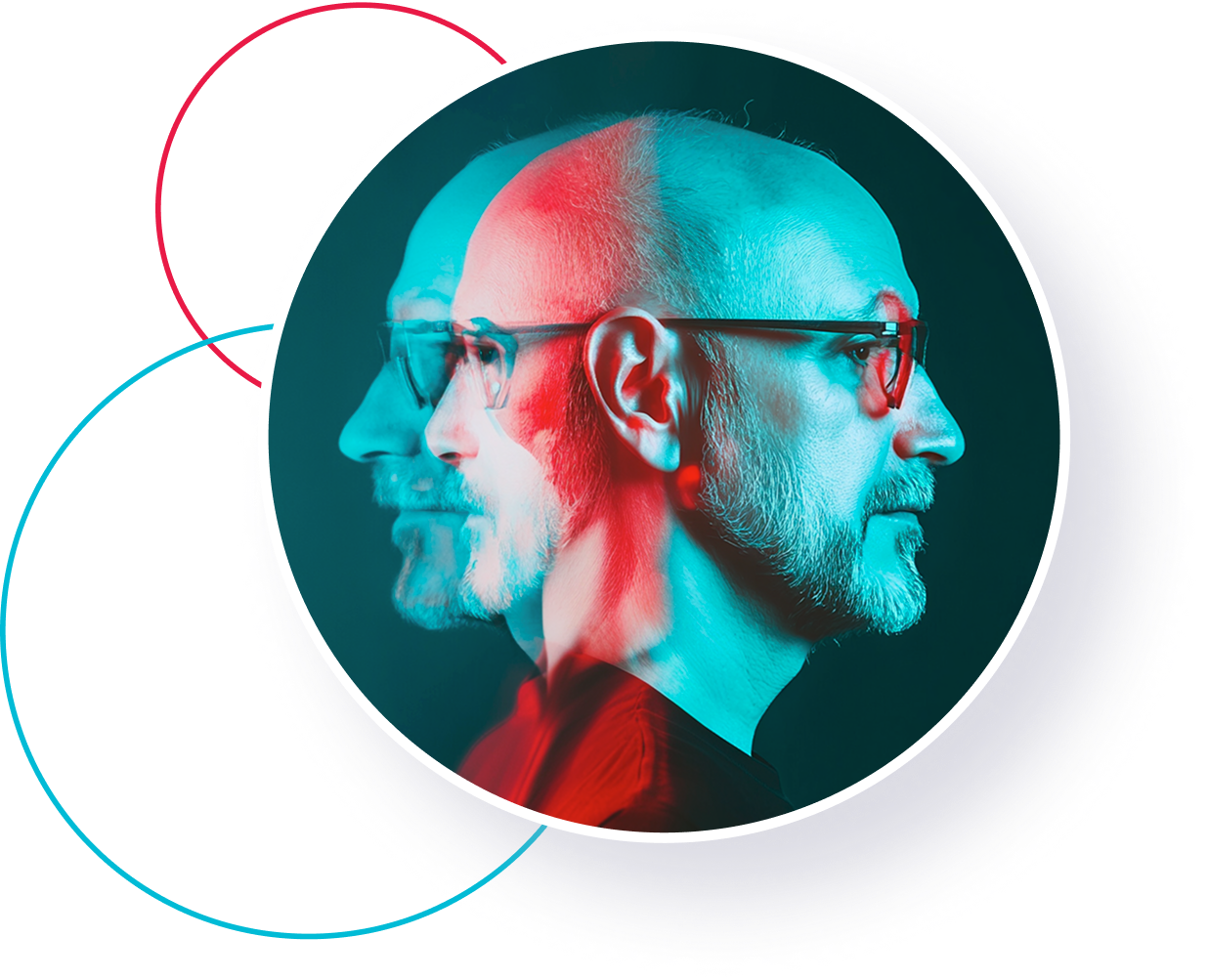Like so many Americans confronted with the shock, disappointment, pain, shame, and fear associated with a loved one struggling with opioid use disorder, the founders of Neurofinity found themselves personally thrust into the struggle.
Our journey began when we tried to find help – and were confronted by a bewildering number of conflicting opinions on the sources of, and solutions to, opioid use disorder.
After a great deal of reflection, we decided to bring Neurofinity into the world. Neurofinity’s founders intimately understand how difficult it is to confront and change the healthcare system. We have the experience, confidence and humility confronting headwinds in the delivery of healthcare to patients.


Is OUD a disease or a weakness of character or will?
Is OUD driven by genetics or social factors?
Is the massive recovery failure rate of OUD care because of care access barriers or inadequate reimbursement?
Why are only 10% of OUD patients seeking care? Is it because of shame or lack of confidence in the current treatment system?
Is the low level of patients seeking OUD care because they are terrified of the symptoms of withdrawal or is it because of inadequate reimbursement and other systemic barriers?
What kind of OUD treatment outcomes can we expect from patients struggling with trauma, schizophrenia, anxiety, needle borne infections, lack of housing, food insecurity or joblessness?
Can we effectively address the highly complex and hyper-individualized issues of OUD with a “one size fits all” approach?
The amount of opioid settlement funds that are expected to be distributed to state and local governments over the next two decades. $6 billion has already been distributed.
Source: KFF Health News
The number of Americans that died from opioid overdose in 2024, with a meaningful rise in deaths amongst African American and Native American communities.
Source: CBS News
The estimated costs associated with healthcare, substance use treatment, criminal justice, lost productivity, reduced quality of life, and the value of statistical life lost due to fatal overdoses.
Source: CDC
Of Americans 12-years-old or older, are struggling with substance use disorder. 29.5 million struggle with Alcohol Use Disorder (AUD) and 27.2 million have a drug use disorder.
Source: SAMHSA
Annual costs borne by U.S. hospitals in treating opioid overdoses, where the average cost of treating an opioid overdose in a hospital can range from $11,731 to over $20,000.
Source: HCUP
What employers report as their costs related to opioid use disorder.
Source: CDC

The value of the U.S. substance use disorder treatment market in 2024.
Source: Fortune Business Insights
of patients who undergo detox alone, relapse within one month.
Source: JAMA, Lancet
of patients who undergo detox and medication assisted treatment (“MAT”) relapse within one year.
Source: JAMA, Lancet
of patients who undergo detox, MAT and counseling relapse within one year.
Source: JAMA, Lancet